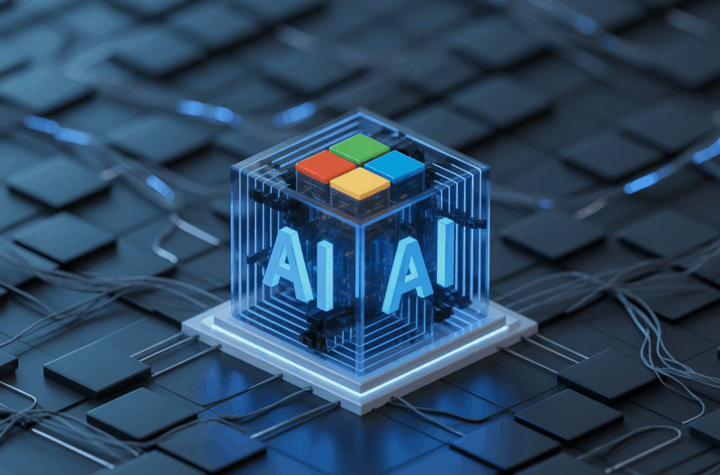
Artificial Intelligence (AI) has become a buzzword in technology, reshaping industries and influencing how we work and live. But while people often toss around terms like AI, machine learning, and deep learning, they don’t all mean the same thing. Let’s explore what these concepts are and how they relate to one another.
What Exactly Is Artificial Intelligence?
Artificial Intelligence (AI) is the broad umbrella covering all technologies that enable computers to imitate human intelligence. AI allows machines to:
- Understand and generate human language
- Identify objects and people in images or videos
- Make decisions or solve problems
- Learn from past experiences and adapt
Not all AI involves learning. Early AI systems were built on hard-coded rules — “if this happens, then do that.” But modern AI often uses systems that can improve by learning from data, which brings us to machine learning.
Understanding Machine Learning
Machine Learning (ML) is a subset of AI dedicated to teaching systems how to improve through experience. Instead of programming every rule manually, developers feed machines large datasets. Algorithms then detect patterns and learn how to predict outcomes.
Common uses for machine learning include:
- Filtering spam from your email inbox
- Powering recommendation engines on streaming platforms
- Assessing creditworthiness in finance
The more data an ML system analyzes, the more accurate and efficient it becomes. For instance, an email spam filter gets better at spotting unwanted messages the longer it operates.
Diving Into Deep Learning
Deep Learning is a more advanced area within machine learning. It uses artificial neural networks, inspired by how the human brain processes information, to learn complex relationships in data. These networks have multiple layers — hence the term “deep.”
Deep learning enables some of the most remarkable breakthroughs in AI, such as:
- Voice assistants like Siri or Alexa recognizing your speech
- Facial recognition software identifying people in photos
- Self-driving cars interpreting their environment
- Language translation apps converting text from one language to another
Deep learning usually requires large amounts of data and powerful computers. It’s only in recent years, with advances in computing and data availability, that deep learning has reached its current potential.
Connecting the Dots
Here’s a simple way to understand how they relate:
AI is the overall concept. Machine Learning is one method to achieve AI. Deep Learning is a specialized technique within Machine Learning.
Imagine it like this:
- AI is the entire world of intelligent technology.
- Machine Learning is a country within that world where machines learn from examples.
- Deep Learning is a high-tech city in that country, where machines use complex networks to solve challenging problems.
A Practical Example
Consider an app that tags friends in your photos:
- The AI goal is recognizing people’s faces.
- Machine Learning involves training the app on countless labeled photos so it can recognize your friends.
- Deep Learning uses layered neural networks to identify unique facial features for even greater accuracy.
Why It’s Important to Know the Difference
Understanding how AI, machine learning, and deep learning differ helps you keep up with emerging tech trends. Whether you’re following the news, planning to integrate AI into your business, or simply curious, knowing these distinctions equips you to make informed decisions in our increasingly digital world.
Final Takeaway
While people often treat AI, machine learning, and deep learning as interchangeable, they’re actually different levels of technology. From rule-based systems to powerful neural networks, AI’s evolution is redefining what’s possible — and we’re only at the beginning.
Follow our blog for more insights into AI, new technologies, and how they’re shaping the future!






More Stories
AI Meets Quantum Computing: Unlocking New Frontiers
How Open-Source AI Is Gaining Momentum
AI Startups and Giants Making Waves This Year